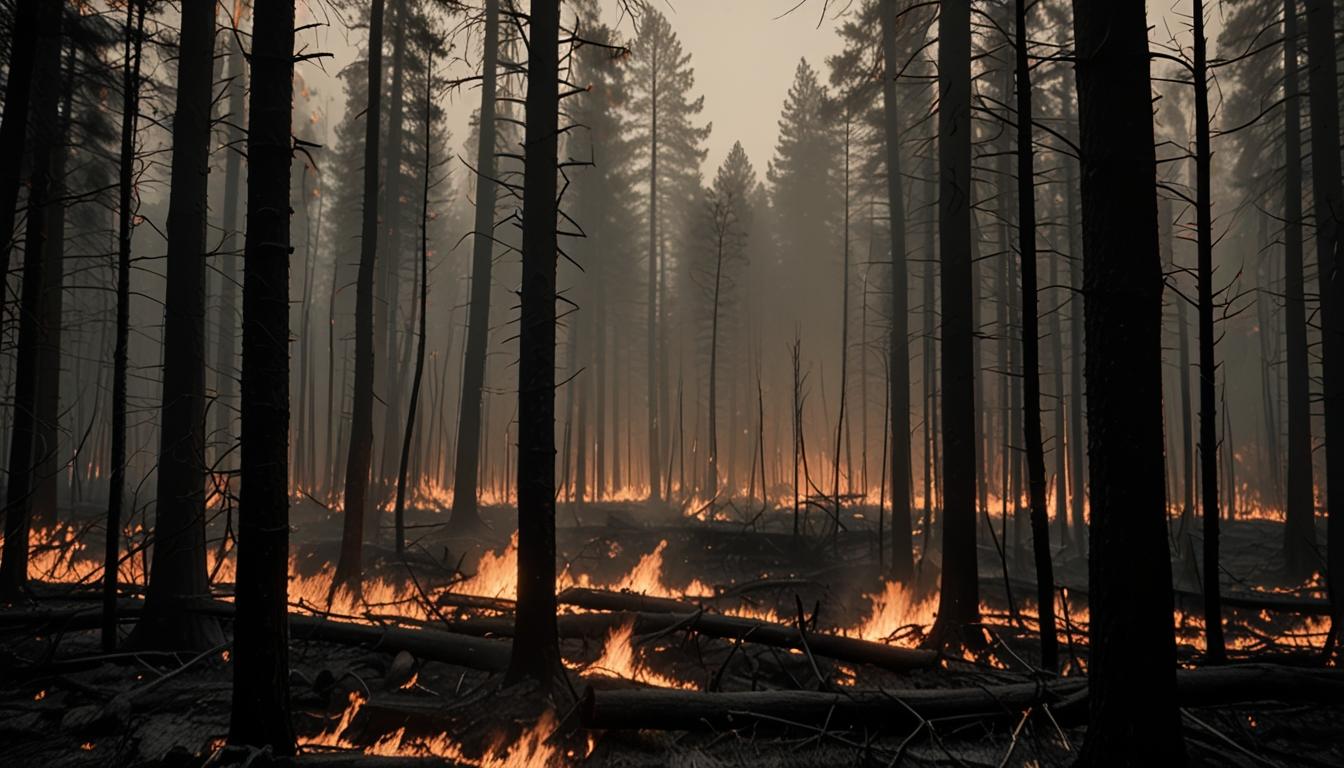Shell Commits to Carbon Capture and Storage in Canada
Shell Canada Products, a subsidiary of Shell, has approved two major carbon capture and storage (CCS) projects in Canada: Polaris and Atlas. Polaris will be located at Shell’s Energy and Chemicals Park in Scotford, Alberta. Expected to capture 650,000 metric tons of CO2 annually from its Scotford refinery and chemicals complex, Polaris aims to notably reduce emissions from Shell’s operations.
To store the captured CO2, Shell has partnered with ATCO EnPower to develop the Atlas Carbon Storage Hub. This project plans to provide permanent underground storage, starting with CO2 from Polaris. Shell expects both projects to be operational by the end of 2028.
Since 2015, Shell's Quest CCS facility at Scotford has successfully captured over nine million tonnes of CO2. With Polaris and Atlas, Shell aims to further cut down emissions from its operations significantly.
In 2023 alone, Canada experienced devastating wildfires that emitted more CO2 than India’s annual fossil fuel consumption, highlighting the urgency of effective carbon management solutions.
Global CO2 Removal Market Forecast to Grow Substantially
The global market for carbon dioxide (CO2) removal credits could see a significant increase to $100 billion annually by 2030-2035, up from $2.7 billion in 2023, according to a report by Oliver Wyman. Factors driving this growth include worsening climate change and insufficient emission reduction efforts.
Key barriers to market growth include the lack of universally agreed standards and guidance on how CO2 removals can contribute to climate goals. The report suggests that to grow the market, especially in Britain, the government should integrate removals into its emissions trading system and provide a supportive financial framework.
Globally, $32 billion has been invested in CO2 removal projects so far, with $21 billion in engineered solutions like direct air capture (DAC) and $11 billion in nature-based solutions such as reforestation. Current growth trends project the market to reach $10 billion annually by 2030-2035. Critics warn that an overreliance on carbon removals could discourage companies from reducing their emissions effectively.
Canadian Wildfires Emitted Record CO2 Levels in 2023
New research reveals that Canadian wildfires in 2023 emitted more heat-trapping CO2 than India’s annual fossil fuel emissions. The study, conducted by the World Resources Institute and the University of Maryland, calculated that these fires released 3.28 billion tons of CO2, comparable to emissions from 647 million cars in a year.
The burned area, 29,951 square miles, represented 27% of global tree cover loss last year. While forests can regrow and reabsorb CO2, this process takes decades. The 2023 fires severely impacted air quality, resulting in the evacuation of over 200 communities.
Researchers attribute the escalation of wildfires to climate change, with warmer temperatures increasing the fire season and drying vegetation. The average May to October temperature in Canada in 2023 was notably higher than usual, further fueling the fires. The frequency of such catastrophic fire years is expected to rise with ongoing global warming.
